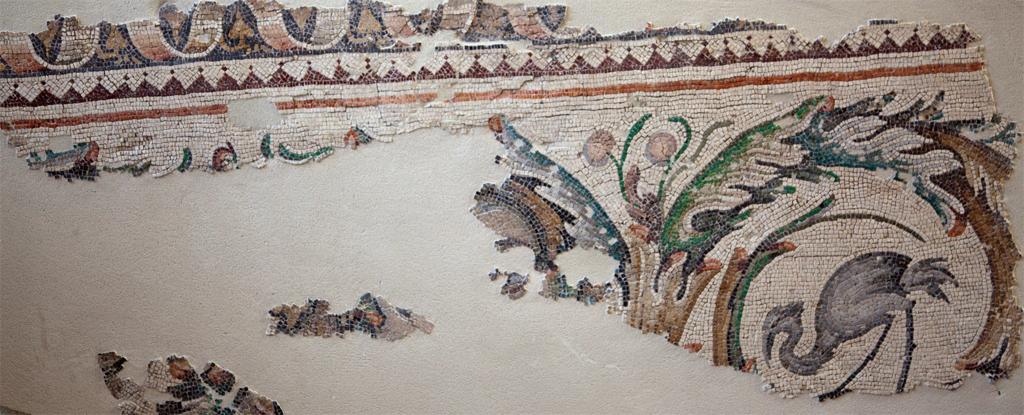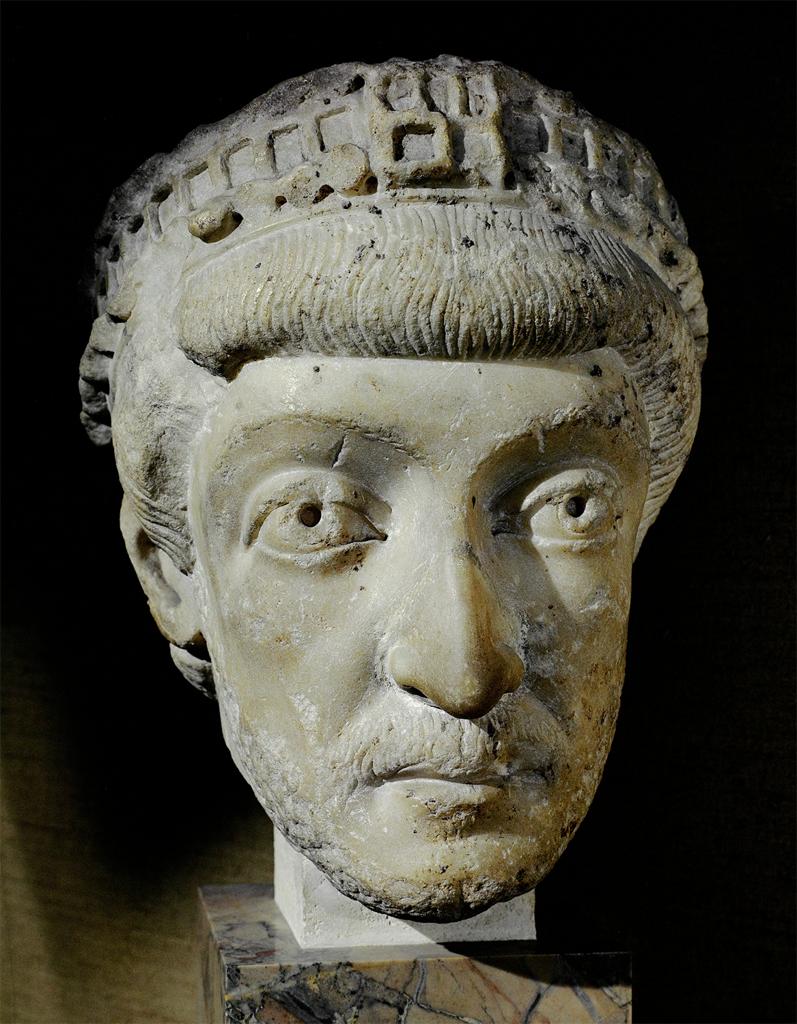Eastern Roman Emperor Maurice proclaimed his son, Theodosius, co-emperor on 26 March 590. The sixth century was markedly different in the Byzantine Empire than in what was left of the Roman Empire and western Europe. Nonetheless, though a more measured and thoughtful attitude toward religious differences and international relations saw Byzantium as a whole thrive, strife and upheaval was common on a year-to-year basis. This condition was due in part to Byzantium’s precarious finances.
Maurice established his son as co-emperor with an eye toward expanding both the geographic and trading range of the east toward the west. His intent was for Theodosius to rule the Eastern Empire from Constantinople as Maurice advanced with troops across the Danube. This venture ended in 602, when, after a decade of unsuccessful expansionism, Maurice’s hungry and cold soldiers mutineed, resulting eventually in the execution of both Maurice and Theodosius.
Constantinople, which remained the capital of the Byzantine Empire until the thirteen century, continued to prosper and reflect its many cultural and artistic influences. The Basilica Cistern is the largest of several hundred ancient cisterns located beneath Istanbul. This subterranean structure is located some 150 meters southwest of the Hagia Sophia on the historical peninsula of Sarayburnu. It derives its name from the Stoa Basilica, beneath which it was originally constructed. The enlargement and refurbishment of the cistern was the last project overseen by Maurice, having been initiated by Justinian in 565. The cistern provided clean water to the Great Palace of Constantinople and to other buildings on the First Hill, continuing to supply clean water to the Topkapi Palace after the Ottoman conquest in 1453 until modern times.
Reference: John Haldon, “The End of Rome? The Transformation of the Eastern Empire in the Seventh and Eighth Centuries CE,” in The Roman Empire in Context: Historical and Comparative Perspectives. Oxford: Wiley-Blackwell, 2011). doi: 10.1002/9781444390186.ch9
The Basilica Cistern. Interior and Medusa Head Column. Istanbul, Renovated and enlarged c. 575. Shmuel Magal, Sites and Photos, R51021067, R51020997, R51021007.
Great Palace Mosaic Museum, Mosaic Scenes, Isantbul, c. 575. Shmuel Magal, Sites and Photos, R51021701, R51022602.
Theodosius’ patrilineal ancestor, Emperor Theodosius II, 408-450, Musée du Louvre, Nr. OA 9056 (Ma 1036).
Further Reading: Stephen Mitchell. A History of the Later Roman Empire, AD 284-641. (Oxford: Wiley-Blackwell, 2014.)
Averil Cameron. The Mediterranean World in Late Antiquity: AD 395-600. (London: Routledge, 1993.)






